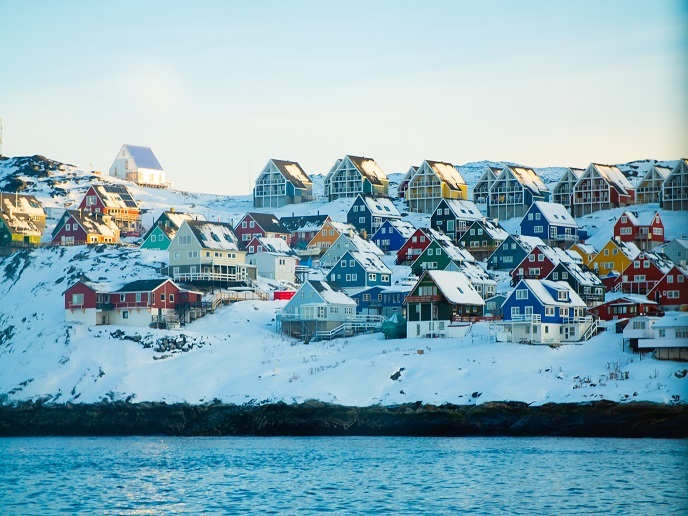Building community guidelines for the Arctic
The Arctic region is warming four times faster(opens in new window) than the rest of the globe, bringing dramatic changes to the climate and landscape, as shown by the reducing sea ice, retreating glaciers, thinning ice sheets, thawing permafrost, increasing precipitation and other unusual weather events. “Happening in parallel with this change in climate is a change in how the Arctic is being used,” says Stein Sandven, senior researcher at the Nansen Environmental and Remote Sensing Center(opens in new window) (NERSC) in Norway. According to Sandven, as the Arctic warms, it is seeing an increase in activity, from scientific research to shipping, trade and even tourism – all of which will have a transformative impact on this already fragile region. “What we need is a new framework of standards, guidelines and best practices to ensure that all these activities happen in a sustainable way,” he explains. Helping to develop such a framework is the EU-funded CAPARDUS(opens in new window) project.
A diversity of interests and ideas
Coordinated by the NERSC, the project brings together stakeholders from across relevant sectors and Arctic countries to discuss the future of the region. “Involving such a diverse array of players can make communication challenging, as different stakeholders tend to use different languages and have different, often competing goals,” notes Sandven. He says the broad representation of interests involved was essential to the project’s overall success. “This diversity ensured that we could identify best practices, guidelines and standards that were aligned with the needs of everything from fisheries to tourist companies and shipping operators,” adds Sandven.
Empowering local communities
One key outcome of the project was a set of guidelines for using citizen science and community-based monitoring as a means of empowering local Arctic communities. “By giving local communities a voice and a stake in the monitoring process, they are better able to identify and address their own needs and priorities, leading to more sustainable and equitable development outcomes,” remarks Sandven. For example, in Svalbard, the local tourist agency is exploring giving both tourists and community members various tools they can use to capture important environmental data, such as bird counts, as part of their daily activities. “Through workshops and dialogue meetings, CAPARDUS has strengthened the communication between scientists and local community members in Svalbard, which is a prerequisite for sustainable development in the region,” adds Sandven.
Safety standards for the Arctic
With the increase in commercial operations happening in the Arctic, the CAPARDUS project also focused on developing safety standards. “The increase in human activities requires that knowledge about safety is built up and disseminated to the people who travel, work and live in the region,” explains Sandven. These safety standards cover everything from what clothing to wear on tourist excursions, to protecting polar bears and managing environmental hazards. These standards, along with all the project’s work, have contributed to a preliminary framework for creating comprehensive standards for the Arctic. The project is now working with policymakers to implement this framework. It is also developing a digital hub for information and best practices that can be used by those living and working in the Arctic.







